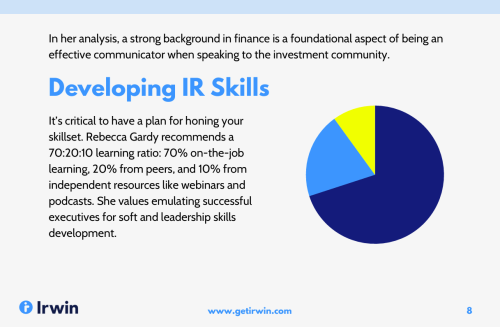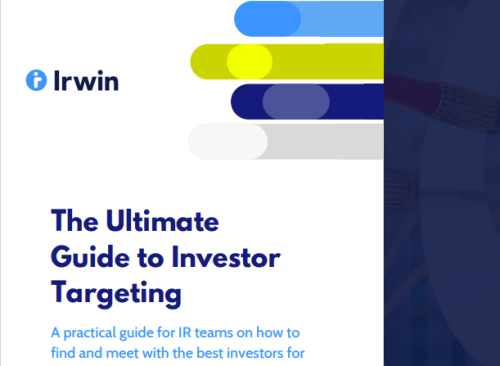There has been a significant shift in the way younger generations approach their investment decisions. A recent survey from The Harris Poll for CNBC finds that one third of millennials often or exclusively choose investments that take ESG factors into account, compared with 16 percent of Gen X and 2 percent of baby boomers.
This shift has led to a rise in the popularity of ESG investment products, and asset managers and IR professionals have had to adapt to meet the demand. Last year $649 bn was invested into ESG-focused funds worldwide, compared with $542 bn and $285 bn in 2020 and 2019, respectively. ESG assets are projected to hit $53 tn by 2025 – a third of global assets under management, according to Refinitiv Lipper data.
ESG investing is not new. Its origins date back to the 1960s when investors started to exclude companies and sectors based on political or ethical considerations. Today, these motives remain at the forefront but have been expanded to include broader ESG factors. In 2020, ESG investing was given a boost when Larry Fink, CEO of BlackRock, argued that sustainable investing was the best route to obtaining long-term rewards, given the fundamental shift underway in capitalism toward ethical behavior and purpose.
The screening challenge
When it comes to the actual investment approach, the traditional method for sustainable investing is negative screening. This means excluding companies that score poorly on ESG factors compared with their peers, or whole sectors that are deemed harmful to the environment or society.
But this method has its weaknesses. Negative screening can exclude investors from high-performing sectors or indices – for example, mining or defense. It can also leave investors exposed to concentrated ‘safe’ sector allocations, such as technology or insurance, which can come with their own risks.
This approach is also highly subjective. An industry that can be concerning to one investor may be of interest to another. Take defense: while some may argue that a manufacturer that supplies weapons to an aggressor should be avoided, others may wish to support those that supply to a region under attack.
Positive screening is an alternative approach, where investments in a specific sector are chosen based on how they rank against their peer group on ESG criteria. This comes with its own downfalls, however, including setting a low bar on what may be deemed an ESG investment. Can the ‘best of a bad bunch’ really be seen as a sustainable investment decision?
A more nuanced approach should therefore be adopted, combining positive and negative screening and detailed case-by-case analysis. For example, rather than excluding a whole sector due to its poor ESG credentials, asset managers can offer investors access to companies within those industries that are seeking to make a positive change.
A mining case study
Take the mining sector. Adopting a traditional negative screen approach, investors may be advised by their asset manager to completely avoid investment in mining stocks. A positive screening approach, meanwhile, may lead to a client investing in a traditional mining company that has the lowest carbon footprint of its peers, but one that is still unacceptably high.
An alternative, more nuanced approach, would be to advise a client to continue investing in these areas but to consider focusing on sustainable practices within those fields. An asset manager can advise an ESG-conscious client to invest in 5G automated mining technology, for example, which is known to be more accurate and efficient and use less energy than standard practices.
Thus, while the clients will benefit from the high returns of the mining industry, they are also contributing toward minimizing the negative effects of mining on the environment and potentially creating a more sustainable future for that industry.
Better communication
The move toward sustainable investment is well under way. Fund managers that take an innovative approach, demonstrating an agility in their investment propositions while clearly meeting the needs of a new generation of investors, will only benefit. This is a long-term endeavor that will benefit fund managers, the IR world and investors alike.
In order to guarantee success, IROs need to better communicate the importance of ESG investment to all those along the investment supply chain, from fund managers to investors and analysts. By doing so, and by explaining the intricacies of ESG investment beyond ‘only’ investing in entirely ethical businesses, IROs will find they are able to persuade fund managers of the benefits they will see by taking a new approach to their investment portfolios.
Simon Black is chief investment officer at Britannia Global Markets










